What are the safety precautions when using excavator wood clamps?
Excavator wood clamps are essential attachments in the forestry and construction industries, designed to efficiently handle and transport logs and timber. However, their operation comes with inherent risks that require strict adherence to safety protocols. This article delves into the crucial safety precautions that operators must follow when using excavator wood clamps, focusing on equipment inspection, proper attachment procedures, and load limit considerations.
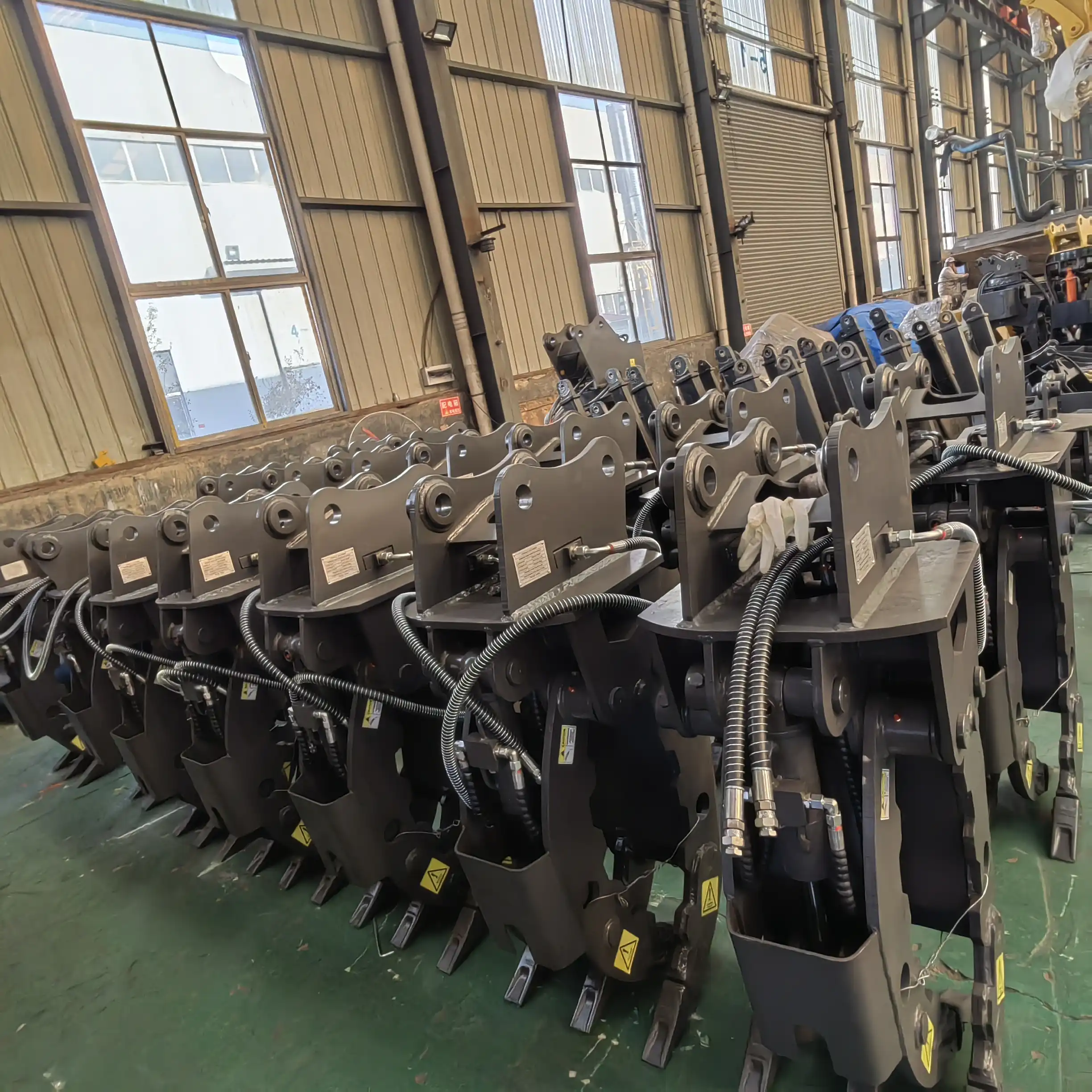
Inspect the Equipment
The first and foremost safety precaution when using excavator wood clamps is a thorough inspection of the equipment. This step is critical in preventing accidents and ensuring the longevity of the machinery. Before each use, operators should conduct a comprehensive check of both the excavator and the wood clamp attachment.
Start by examining the excavator itself. Look for any signs of wear and tear, such as cracks in the boom or arm, loose bolts, or hydraulic fluid leaks. Pay special attention to the hydraulic system, as it's crucial for the proper functioning of the wood clamp. Check hydraulic hoses for any cuts, abrasions, or signs of deterioration that could lead to sudden failure during operation.
Next, focus on the wood clamp attachment. Inspect the clamp's jaws for any damage or misalignment that could affect its gripping ability. Ensure that all pivot points are well-lubricated and move freely. Check the hydraulic cylinders that control the clamp's opening and closing mechanisms for any leaks or damage. Verify that all safety locks and pins are in place and functioning correctly.
It's also essential to test the clamp's operation before attempting to lift any loads. Open and close the clamp several times to ensure smooth movement and proper alignment. Listen for any unusual noises that might indicate mechanical issues. If any problems are detected during this inspection, it's crucial to address them immediately before proceeding with any work.
Regular maintenance is key to keeping excavator wood clamps in optimal condition. Implement a scheduled maintenance program that includes daily checks, weekly inspections, and more comprehensive monthly or quarterly evaluations. This proactive approach can help identify potential issues before they become serious safety hazards.
Remember, the time invested in thorough equipment inspection is invaluable when it comes to preventing accidents and ensuring the safety of operators and nearby workers. Never skip this crucial step, even when under time pressure to complete a job.
Proper Attachment
Ensuring proper attachment of the wood clamp to the excavator is a critical safety measure that cannot be overlooked. The stability and security of this connection directly impact the safety and efficiency of the entire operation. Improper attachment can lead to dangerous situations, including the clamp detaching from the excavator or loss of control over the load.
Begin by thoroughly cleaning the attachment points on both the excavator and the wood clamp. Any dirt, debris, or old grease can interfere with a secure connection. Once clean, carefully align the wood clamp with the excavator's quick coupler or mounting bracket. Most modern excavators use a quick coupler system that allows for rapid attachment changes, but it's crucial to follow the manufacturer's guidelines for your specific model.
When using a quick coupler system, ensure that all locking mechanisms are fully engaged. This typically involves both mechanical locks and hydraulic pressure. Many systems have visual indicators that show when the attachment is securely locked in place. Always verify these indicators before operation. For added safety, some operators prefer to manually check the connection by gently lifting the attachment off the ground and giving it a slight shake to ensure it's firmly attached.
After securing the physical connection, the next step is to properly connect the hydraulic lines. This process requires careful attention to detail. Each hydraulic line must be connected to the correct port on the excavator. Mixing up these connections can result in unpredictable and potentially dangerous clamp movements. Ensure that all hydraulic fittings are tight and free from leaks. Even a small leak can lead to a loss of hydraulic pressure, compromising the clamp's gripping strength.
Once all connections are made, it's crucial to test the wood clamp's functionality before attempting to lift any loads. Operate the clamp through its full range of motion, opening and closing it several times. Pay attention to the speed and smoothness of the movement. Any jerky or inconsistent motion could indicate a problem with the hydraulic system or the attachment itself.
It's also important to consider the compatibility between the excavator and the wood clamp. Ensure that the clamp's size and weight capacity are appropriate for your excavator model. Using an oversized clamp can overload the excavator, leading to instability and potential tipping hazards. Conversely, an undersized clamp may not provide adequate gripping strength for the intended loads.
Proper training for operators on attachment procedures is essential. This should include not only the physical process of attaching the clamp but also understanding the importance of each step and the potential consequences of improper attachment. Regular refresher training can help reinforce these critical safety practices [2].
Load Limits and Capacity
Understanding and respecting load limits is paramount when operating excavator wood clamps. Exceeding these limits can lead to equipment failure, loss of load control, and potentially catastrophic accidents. Operators must be well-versed in the specific capacity of their equipment and adhere strictly to these limitations.
The load capacity of excavator wood clamps varies depending on several factors, including the size of the excavator, the design of the clamp, and the type of material being handled. It's crucial to consult the manufacturer's specifications for your specific model of wood clamp and excavator combination. These specifications will provide detailed information on maximum load weights, optimal load sizes, and any limitations on the types of materials that can be safely handled.
When assessing load limits, consider not just the weight of the material but also its shape and distribution. Unevenly distributed loads can create unexpected stress on the clamp and excavator, potentially exceeding safe operating limits even if the total weight is within specifications. Long logs or irregularly shaped timber pieces may require special handling techniques to maintain stability.
It's important to note that the load capacity of the wood clamp may differ from the lifting capacity of the excavator itself. Always use the lower of these two figures as your maximum load limit. Factors such as the extension of the excavator's arm and the height at which the load is being lifted can also affect the overall stability and safe working load.
Operators should be trained to visually estimate load weights and sizes accurately. However, when dealing with critical loads or when there's any uncertainty, it's advisable to use weighing equipment to ensure loads are within safe limits. Some advanced excavator wood clamps come equipped with built-in load sensors that provide real-time weight information to the operator.
Weather conditions can also impact load handling capabilities. Wet or icy conditions can reduce friction between the clamp and the wood, potentially causing loads to slip. Wind can create additional lateral forces on suspended loads, affecting stability. Operators should be prepared to adjust their working practices based on environmental conditions.
Implementing a system of clear communication between ground workers and excavator operators is essential, especially when handling loads near the maximum capacity. Use standardized hand signals or radio communication to ensure that all team members are aware of load weights and any potential hazards.
Regular training and refresher courses on load management are crucial. These should cover not only the technical aspects of load limits but also practical exercises in load estimation and safe handling techniques. Encourage a culture of safety where operators feel empowered to refuse loads they deem unsafe or to seek assistance when unsure about a load's weight or stability.
Remember, while productivity is important, it should never come at the expense of safety. Pushing equipment beyond its designed limits to handle heavier loads or work faster is a recipe for disaster. Encourage a work culture that prioritizes safe operation over speed or quantity of work completed [3].
Tiannuo Machinery Excavator Wood Clamps
Safety is paramount when operating excavator wood clamps. By diligently inspecting equipment, ensuring proper attachment, and strictly adhering to load limits, operators can significantly reduce the risk of accidents and ensure efficient, productive work. Remember, a commitment to safety not only protects workers but also enhances overall operational efficiency and equipment longevity.
Tiannuo offers a range of excavator wood clamps designed to accommodate various excavator sizes and capacities. For 3-5 ton excavators, the clamp provides a 1250mm opening and can handle an unloading weight of up to 500 kg. For 6-10 ton excavators, the opening increases to 1400mm with a capacity of 800KG. The 11-16 ton excavators feature a 1700mm opening and can manage up to 1200 kg. For 17-22 ton excavators, the opening is 1900mm with a capacity of 1800 kg. The 23-25 ton excavators have a 2050mm opening and can handle 2300KG. For 26-30 ton excavators, the clamp offers a 2200mm opening and a capacity of 2500 kg. The 31-35 ton excavators come with a 2300mm opening and can manage up to 3000 kg. For 36-40-ton excavators, the opening is 2400mm with a capacity of 3500. Finally, the 41-45 ton excavators have a 2500mm opening and can handle up to 4000 kg. These versatile clamps are designed to meet the diverse needs of excavator operations, ensuring efficient handling of heavy loads. If you are choosing your excavator wood clamps manufacturer, please feel free to reach out to our manager at arm@stnd-machinery.com and the team at rich@stnd-machinery.com and tn@stnd-machinery.com.
References:
[1] Occupational Safety and Health Administration. (2021). Construction Industry Safety and Health.
[2] International Organization for Standardization. (2018). ISO 6015:2018 Earth-moving machinery — Hydraulic excavators and backhoe loaders — Methods of determining tool forces.
[3] Forest Industry Safety Alert. (2020). Safe Operation of Excavator Attachments in Forestry.
YOU MAY LIKE
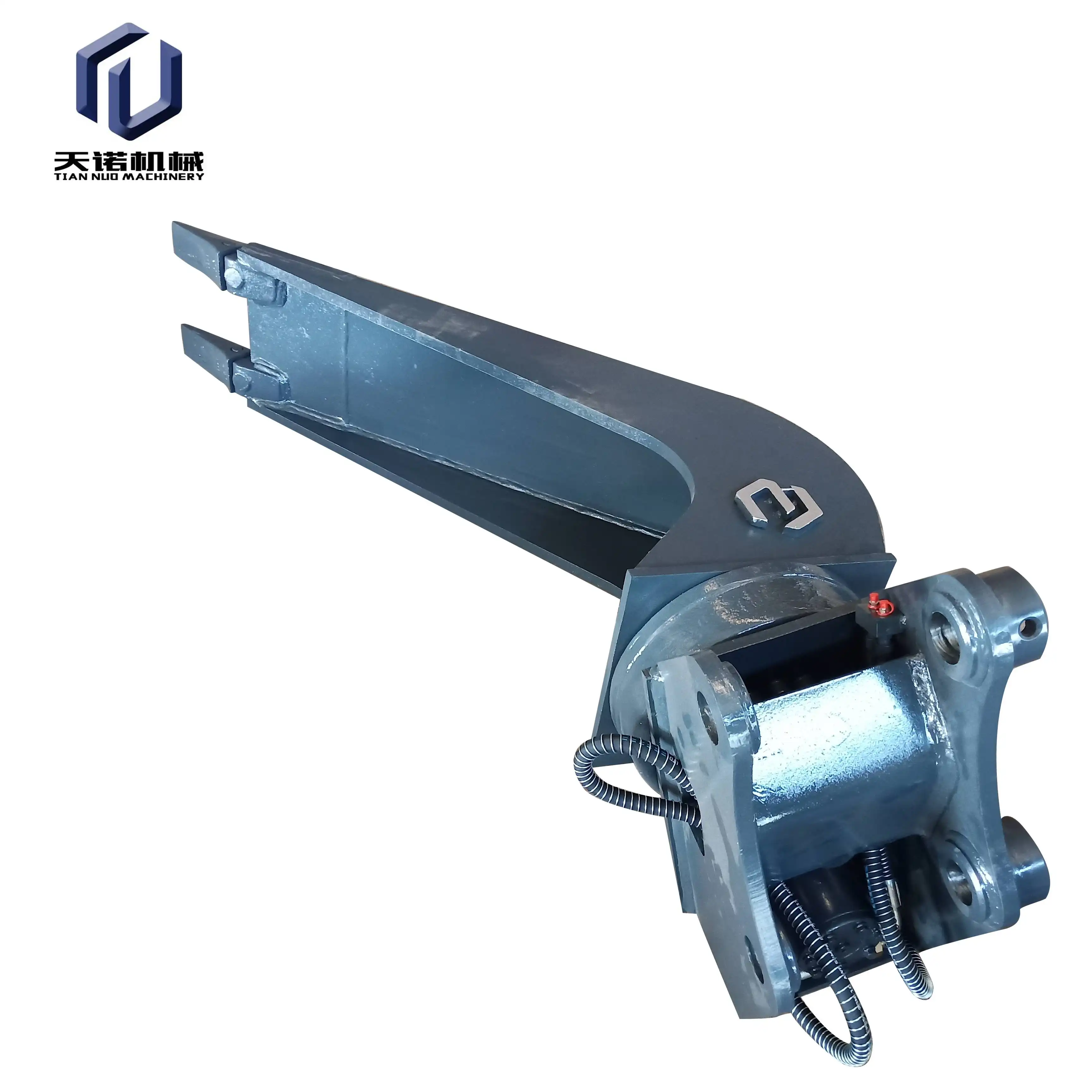 VIEW MOREExcavator ballast cleaning hopper
VIEW MOREExcavator ballast cleaning hopper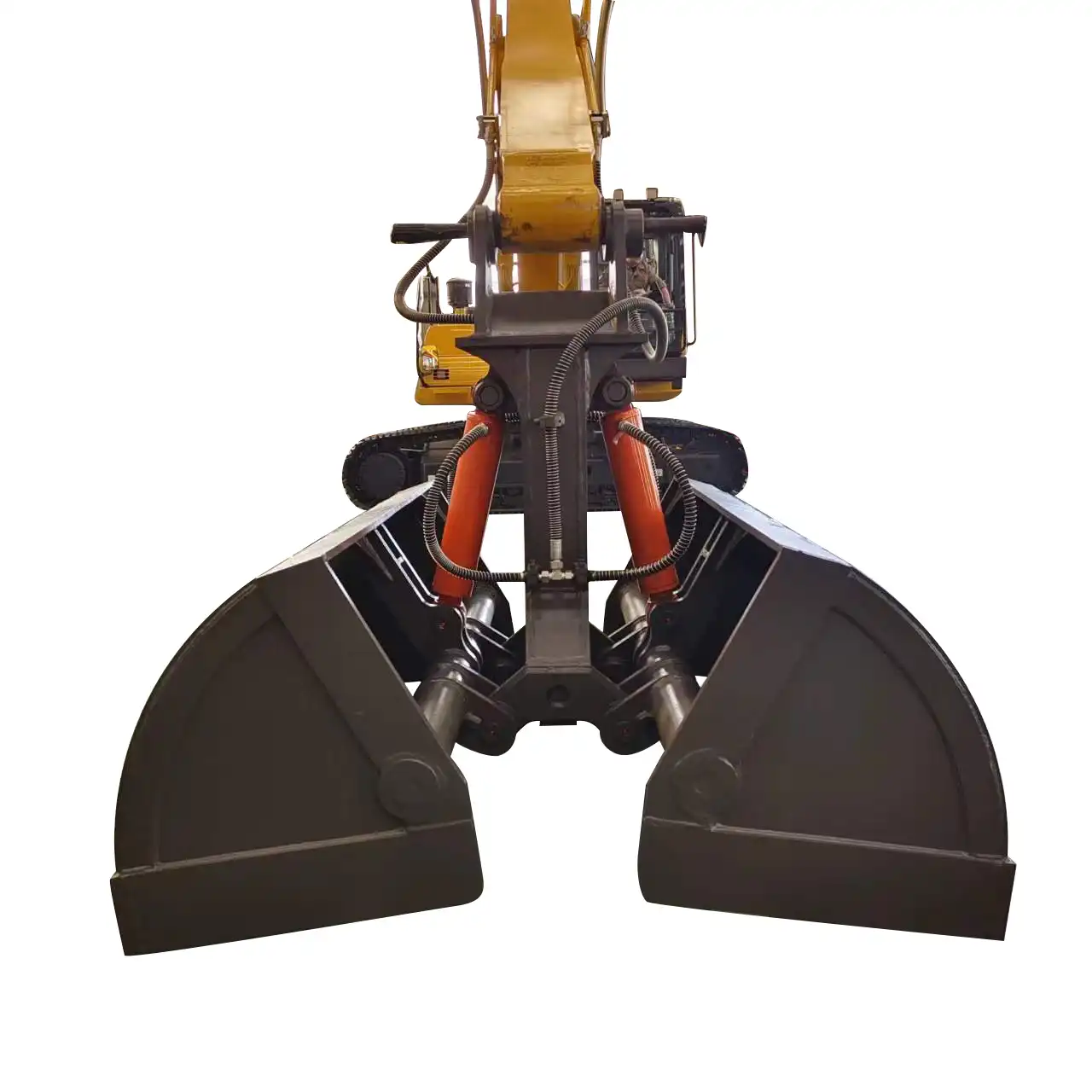 VIEW MOREClamshell Buckets for Excavators for sale
VIEW MOREClamshell Buckets for Excavators for sale_1740558626327.webp) VIEW MORERailway track sweeper
VIEW MORERailway track sweeper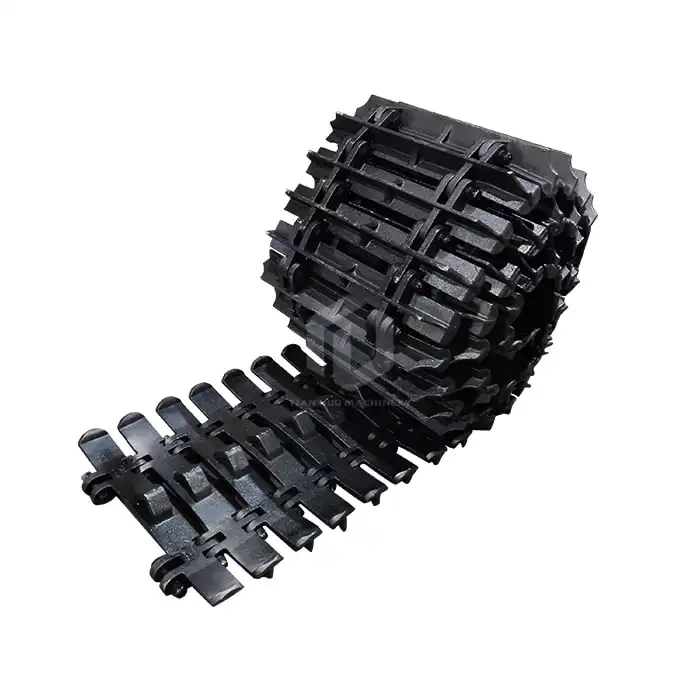 VIEW MORETruck Anti-Skid Track
VIEW MORETruck Anti-Skid Track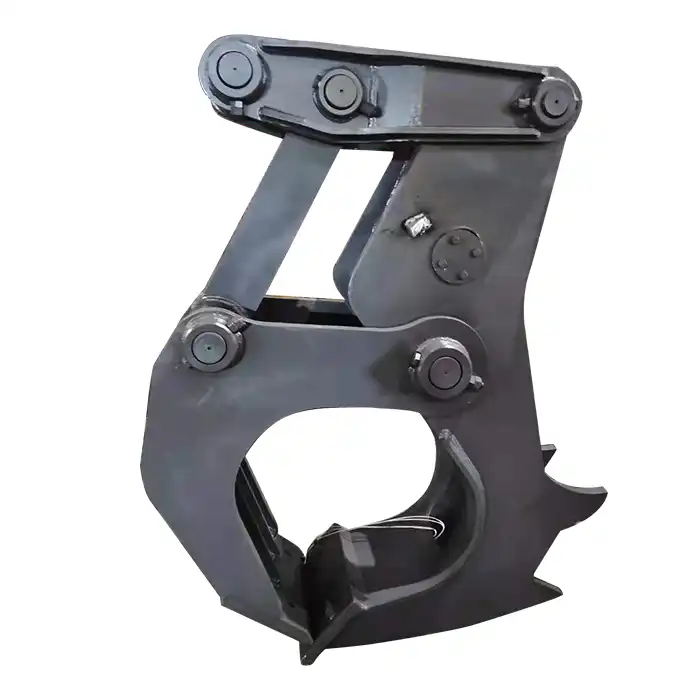 VIEW MOREExcavator Wood Splitter
VIEW MOREExcavator Wood Splitter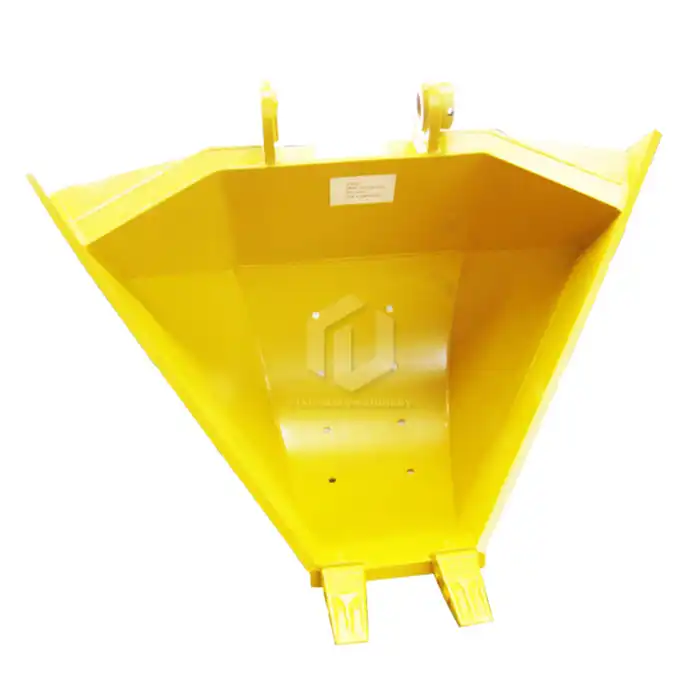 VIEW MOREExcavator Special-Shaped Bucket
VIEW MOREExcavator Special-Shaped Bucket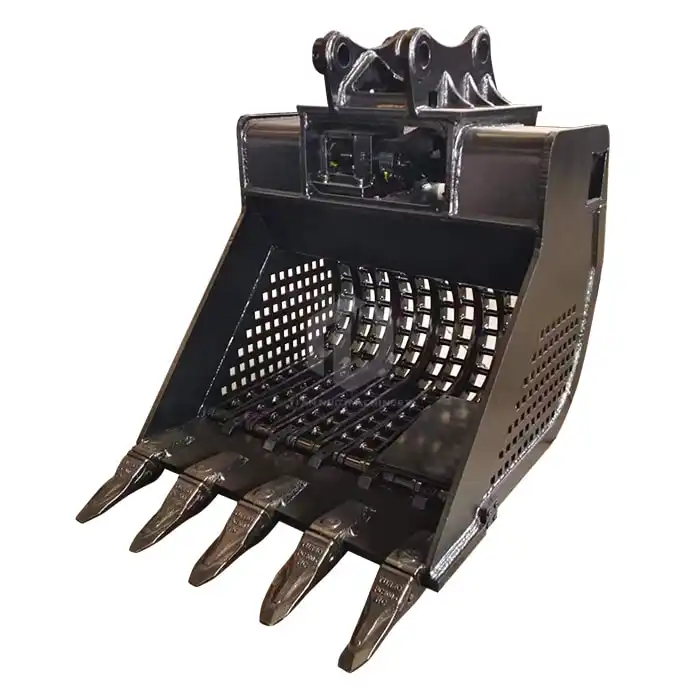 VIEW MOREExcavator High Frequency Screening Bucket
VIEW MOREExcavator High Frequency Screening Bucket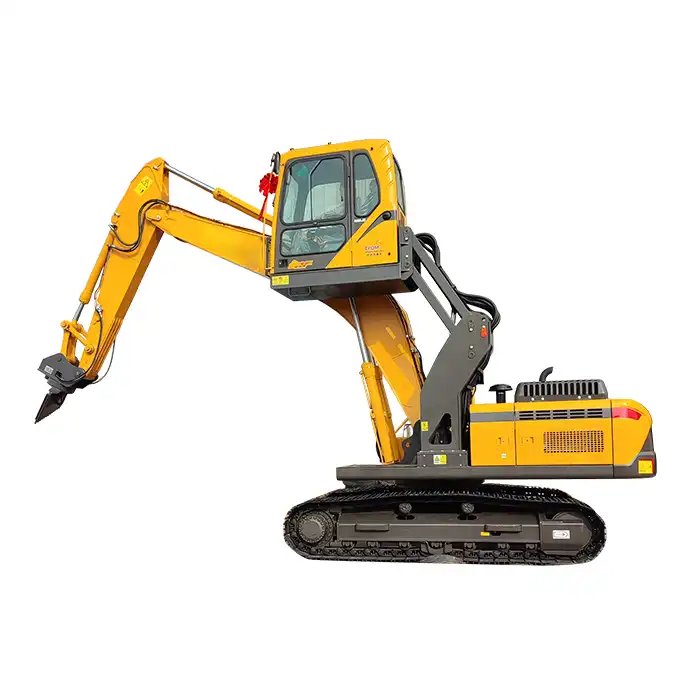 VIEW MOREExcavator Lift Cab
VIEW MOREExcavator Lift Cab

